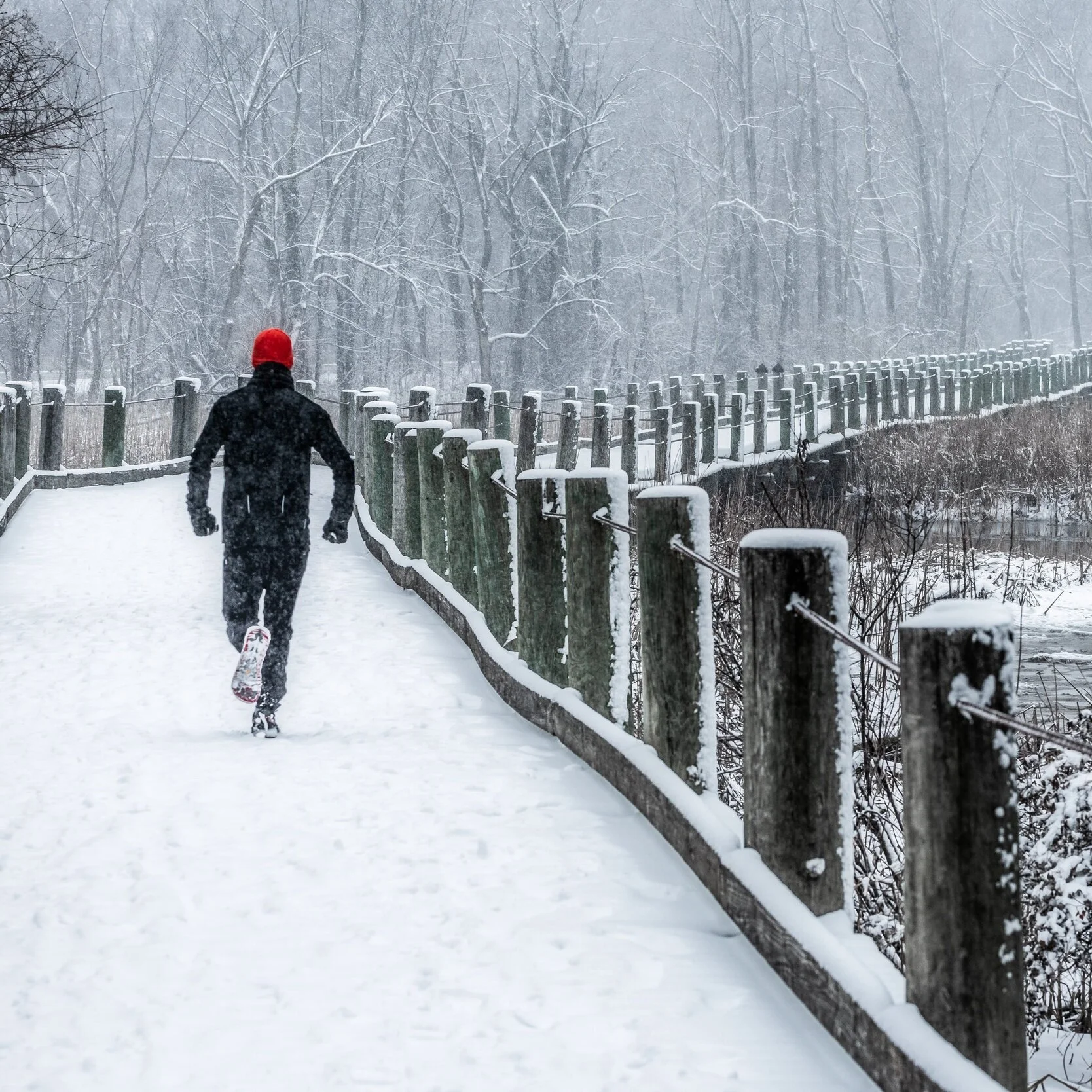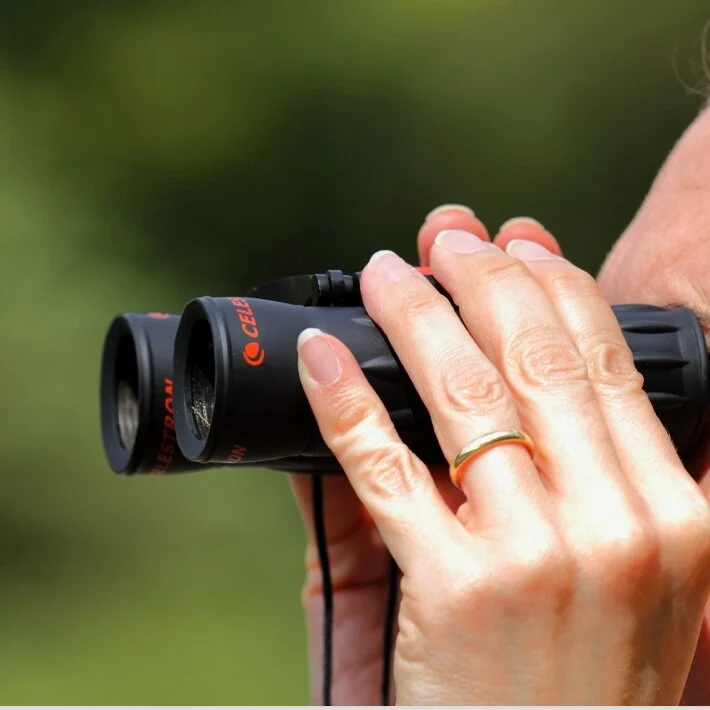Ask An Expert: How to become a birder
/Get started with the hottest at-home hobby and find out why birding is best along the Potomac River!
photos courtesy of Mr. TInDC/Flickr.
Did you know birdwatching is the most eggs-sighting trend in the Potomac River region?
We totally understand why locals are picking up their binoculars - birding can be done through your window or in a quiet wood (i.e. at a safe distance!) and it keeps you in touch with nature. Not to mention that it can teach you about some of the most critical issues facing our river.
But how do you go from novice nestling to an eagle-eyed leader working to save local species? We chatted with Audubon Society expert, Tykee James, about easy ways to start birding and why being a Potomac River bird-nerd is so special.
Osprey nest. photo courtesy of matthew beziat/flickr.
Leaving the nest
If you’re awoken every morning by a chorus of undistinguishable birdsong, getting into birding can feel overwhelming. Yes, there are a lot of local birds…but there are also lots of resources to help you get started! Here are some simple tips for novices:
No need to spend big! Eyes and ears are your best birding tools, but you may want to invest in an inexpensive pair of binoculars and download a free bird guide on your mobile phone (or bookmark a free field guide).
Get started with the birds closest to you. Explore your neighborhood with binoculars, set up a feeder at home, then watch and listen. Tykee says, “when you start to track the differences in the birds you see, you’re a birder!”.
Keep a field journal. The joy of birding is that it brings your attention to the patterns and puzzles of nature. Start building your observation skills by sketching what you see, trying to transcribe birdsong, or writing down treasured memories to build your observation skills.
Make some friends! Bird(er)s of a feather learn better together. Local Bird-ID Facebook groups can help you learn identification principles and bird clubs (like local Audubon chapters) are great for when you’re ready to get out in the field.
Ready to take flight?
The next step is learning about the relationship between your backyard birds and our local environment…
An Eastern Bluebird (LEft) and Eastern Bluebird Eggs (Right). PHotos courtesy of Matthew BEziat/Flickr.
Fledgling flyer
Now that you know the difference between a nuthatch and a chickadee, you may be asking questions like: Why do these birds live here of all places? Do they fly south for the winter? What birds can I see by heading to the water? So let’s talk about the connection between birds and our river.
While there are no “Potomac River only” birds, our watershed is a special place for many species. The Lower Potomac River is an Important Bird Area (IBA) that supports the largest Great Blue Heron colonies in the mid-Atlantic region. Other top-tier birding spots along the river include the C&O canal, Lilpons Water Gardens, and Fort Frederick (use the Ebird hotspot map to find more.)
Not all local birds migrate, but spring is a great time to witness a vast variety of birds that pass through our area on their northern migration (and depend on clean water to help complete their journey). Maintaining quality habitat is just as important for migratory birds as for those that live here year round.
Head to the river’s edge to see more birds and exciting behaviors! The Potomac is home to lots of waterfowl (ducks, swans, and geese) that rely on our wetland habitat. Spend some time by the water to learn the difference between diving and dabbling ducks and witness the increased foraging and breeding behaviors that spring brings.
Once social-Distancing restrictions lift, local birding clubs are a great way to discover local hotspots. Image courtesy of the chesapeake bay program.
Eagle-eyed
While watching waterfowl like a hawk, you might start to notice that not all is well in bird world. Maybe you spotted a wood duck pecking at a plastic cup or a mysterious spill heading toward a hooded merganser.
With a new found love of all things avian, you’re right to be concerned about how we’re affecting their habitat. Maintaining clean water, intact wetlands, and healthy forests is especially important for protecting the full life cycle of migratory birds. Threats like deforestation, pesticide use, and polluted runoff can deprive them of the solid stopover habitat they need before producing the next generation of birds.
On top of local obstacles, global heating means birds have fewer options for suitable migratory habitats. This map shows how the climate crisis is already affecting world-wide migration patterns.
But don’t fret just yet! Part of being a good birder is understanding the issues facing birds in your area…and knowing how to help.
plastic wrappers woven into a bird’s nest. photo courtesy of the Chesapeake bay Program.
Leading the flock
Ok, so you are now a fully-fledged bird-nerd who knows the call of the grasshopper sparrow and understands the threats facing local fowl relying on our waters. How can you take the next step and get vocal to protect vulnerable native birds?
At home, use these year-round tips for making your yard bird-friendly (and river-friendly!).
Remember, the birds come first! Set the standard for ethical bird-watching with these guidelines.
Speak up for local & federal laws that protect bird habitat! Urge your representatives to support the Important Bird Areas (IBAs) Program in Maryland and DC, vote for climate solutions, and defend the Migratory Bird Treaty Act - America’s most important bird law!
Meet the Expert: Tykee James
Tykee James works with state offices, chapters, and members as the government affairs coordinator at the National Audubon Society. After moving to DC and joining the team a year ago, he has found ground in one of his special roles of organizing bird walks with members of Congress and congressional staff.
As a birder, he appreciates Audubon’s broad influence and strong, bipartisan voice to address the climate crisis to scale and also their central mission to protect the important places for birds and people, today and tomorrow. Hailing from Philadelphia, his first job was an environmental educator and community organizer in his own neighborhood.
In his personal time he is the audio producer for Wildlife Observer Network and wildlife media project he started with some friends in Philly. Tykee hosts two podcasts: Brothers in Birding and On Word for Wildlife.






















